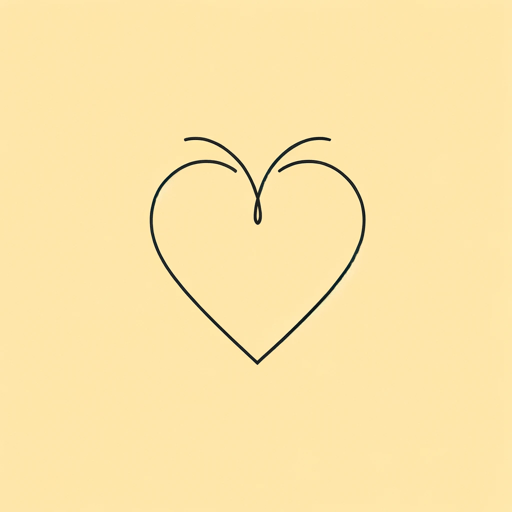17 pages • 34 minutes read
Francesco PetrarchSonnet 18
Fiction | Poem | Adult | Published in 1330A modern alternative to SparkNotes and CliffsNotes, SuperSummary offers high-quality Study Guides with detailed chapter summaries and analysis of major themes, characters, and more.
Literary Devices
Form and Meter
The term sonnet comes from the Italian sonetto, which means little song. This meaning is emphasized in how Petrarch’s sonnet sequence (made of mostly sonnets, but also other poems) is called the Canzoniere, or songbook. The sonnet form used by Petrarch, the Petrarchan sonnet, is 14 lines long, which can be divided into the octave (eight lines) and the sestet (six lines). The octave can also be broken up into two parts—two quatrains, or four-line sections. The sestet is often considered in two parts as well—two tercets, or three-line sections. Between the octave and the sestet is the volta, or turn, where the poem takes a different path of thought.
In the original Italian, Petrarch uses the rhyme scheme ABBA ABBA CDE CDE for “Sonnet 18.” While some translators, like A. S. Kline, attempt to keep this lineation (line structure), much of the rhyme does not translate. Other translators, such as Robert M. Durling, use prose broken up into four sections, approximating the two quatrains and two tercets rather than the lineation of Petrarch’s individual lines. The meter of Petrarch’s Italian is different from the meters used in English and requires understanding of the language to fully understand.

